Strategy
-
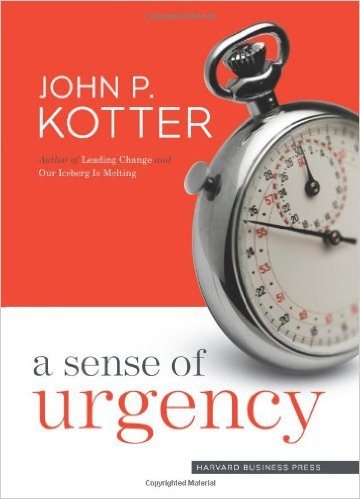
A Sense of Urgency by John P. Kotter
-
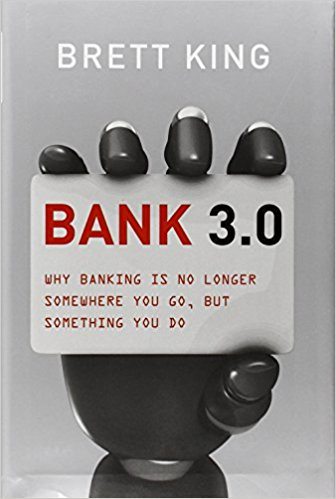
Bank 3.0: Why Banking Is No Longer Somewhere You Go But Something You Do by Brett King
-

Competing for the Future by Gary Hamel and C. K. Prahalad
-

Good to Great and the Social Sectors: A Monograph to Accompany Good to Great by Jim Collins
-

Leading Change, With a New Preface by the Author by John P. Kotter
-

Managing Transitions: Making the Most of Change by William Bridges and Susan Bridges
-
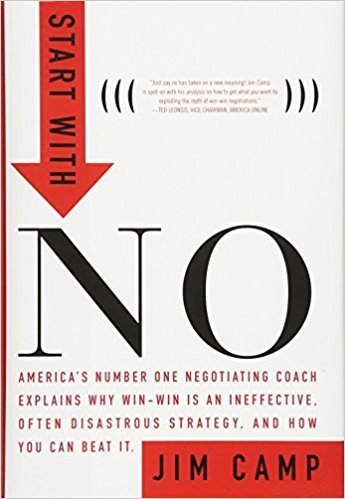
Start with NO…The Negotiating Tools that the Pros Don’t Want You to Know by Jim Camp
-

Sustaining Nonprofit Performance: The Case for Capacity Building and the Evidence to Support It by Paul Charles Light
-
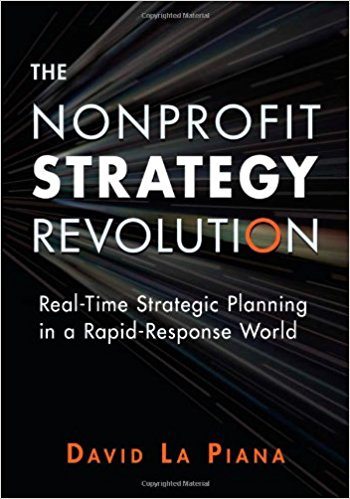
The Nonprofit Strategy Revolution: Real-Time Strategic Planning in a Rapid-Response World by David La Piana
-
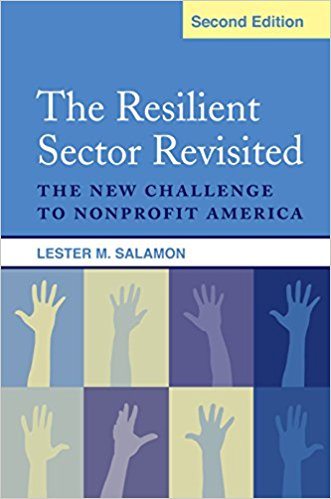
The Resilient Sector Revisited: The New Challenge to Nonprofit America by Lester M. Salamon
-

Transitions: Making Sense of Life’s Changes, Revised 25th Anniversary Edition by William Bridges
-

Why Nonprofits Fail: Overcoming Founder’s Syndrome, Fundphobia and Other Obstacles to Success by Stephen R. Block
